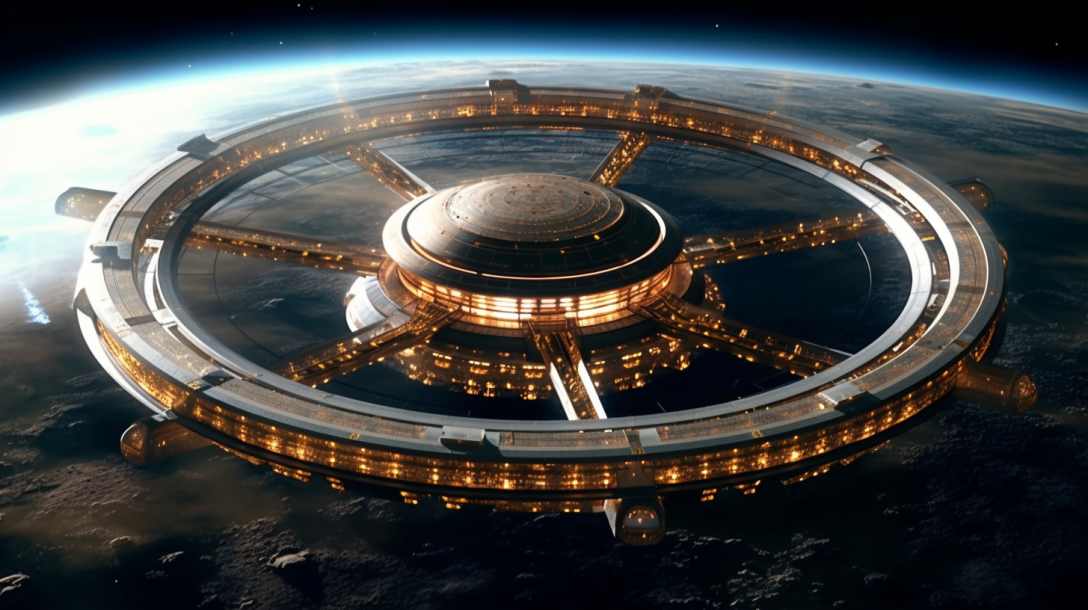Building Cycler Space Stations: A Leap Forward in Space Travel

Introduction
In the realm of space exploration, the concept of cycler space stations presents a revolutionary approach. This blog post delves into the idea of building these stations in special orbits for the shortest trip from Earth to Mars every two years. We’ll explore how these stations could hold multiple Starships in a circle to create artificial gravity and the health benefits it could bring. We’ll also look at NASA’s cost estimate and what it would take to make these two stations a reality.
Understanding Cycler Space Stations
Cycler space stations are a fascinating concept in space travel. These are stations designed to cycle between two celestial bodies, in this case, Earth and Mars, providing a consistent and efficient route for spacecraft. The unique aspect of these stations is their special orbits, designed to align with the planets every two years, making for the shortest possible trip (6-9 months).
The Role of Starships
An integral part of these cycler stations would be the Starships. The idea is to hold multiple Starships in a circle within these stations. This arrangement would not only maximize space but also create artificial gravity, a concept that has long been a subject of interest in space exploration. However, this approach comes with its own set of challenges, which need to be addressed for successful implementation.
Health Benefits of Artificial Gravity
Zero gravity environments pose several health issues for astronauts, including muscle atrophy and bone density loss. Artificial gravity could potentially mitigate these issues, making long-term space travel more feasible. Several scientific studies support these benefits, making artificial gravity a promising solution for the health challenges of space travel.
NASA’s Cost Estimate
Building and maintaining cycler space stations is no small feat, and the costs are substantial. According to NASA’s estimates, the financial investment required is significant. However, when compared to the cost of traditional space travel, the benefits of cycler space stations could potentially outweigh the costs, making it a worthwhile investment for the future of space exploration.
Making Cycler Space Stations a Reality
Building these cycler space stations would require advanced technology and substantial resources. The timeline for building and launching these stations is also a critical factor. Despite the potential challenges, with the right approach and commitment, it is possible to overcome these hurdles and make cycler space stations a reality.
Conclusion
Cycler space stations could potentially revolutionize space travel, making trips between Earth and Mars more efficient and feasible. The potential health benefits of artificial gravity and the efficient use of resources make it a promising approach. As we continue to explore the vast expanse of space, concepts like these bring us one step closer to making long-term space travel a reality. Let’s look forward to a future where these concepts move from theory to reality, opening new frontiers in space exploration.